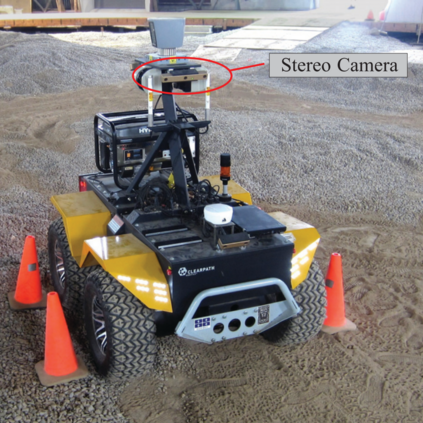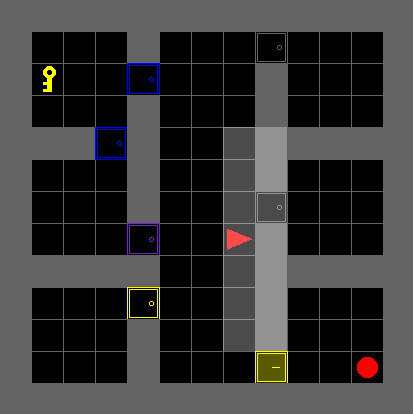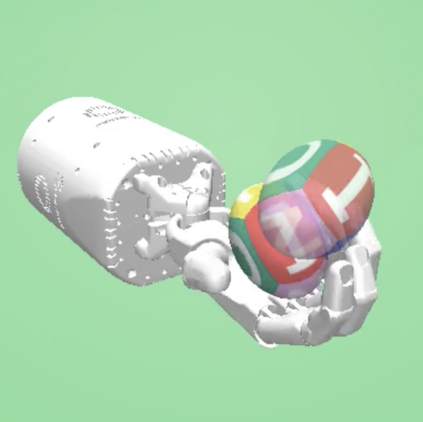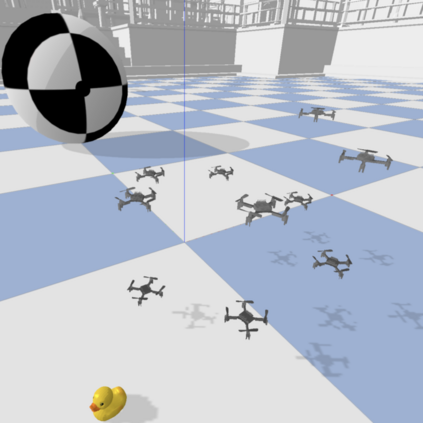The last half-decade has seen a steep rise in the number of contributions on safe learning methods for real-world robotic deployments from both the control and reinforcement learning communities. This article provides a concise but holistic review of the recent advances made in using machine learning to achieve safe decision making under uncertainties, with a focus on unifying the language and frameworks used in control theory and reinforcement learning research. Our review includes: learning-based control approaches that safely improve performance by learning the uncertain dynamics, reinforcement learning approaches that encourage safety or robustness, and methods that can formally certify the safety of a learned control policy. As data- and learning-based robot control methods continue to gain traction, researchers must understand when and how to best leverage them in real-world scenarios where safety is imperative, such as when operating in close proximity to humans. We highlight some of the open challenges that will drive the field of robot learning in the coming years, and emphasize the need for realistic physics-based benchmarks to facilitate fair comparisons between control and reinforcement learning approaches.
翻译:在上个半个十年中,来自控制和强化学习界的对真实世界机器人部署安全学习方法的贡献急剧增加。本文章简要而全面地回顾了最近利用机器学习在不确定情况下实现安全决策方面取得的进展,重点是统一控制理论和强化学习研究中使用的语言和框架。我们的审查包括:学习控制方法,通过学习不确定的动态来安全地改善绩效,加强鼓励安全或稳健的学习方法,以及能够正式证明学习控制政策安全性的方法。随着数据和学习机器人控制方法继续获得牵引力,研究人员必须了解何时以及如何最好地在现实世界中利用这些技术,因为在现实世界中,安全是必要的,例如在接近人类时。我们强调一些开放的挑战将在未来几年推动机器人学习领域,并强调需要现实的物理基准,以促进控制和强化学习方法之间的公平比较。















